Holistic Lifestyling Podcast Season 2 Episode 4 Transcript  What does "R & R" look like to you? Everyone has their own particular favorite way to rest, restore, relax, and recuperate- mine involves a hammock and a pillow and a book and a nap- but at the heart of this idea is one particular body structure- the Vagus Nerve. Our fight-or-flight stress response, called the Sympathetic Nervous System, is responsible for creating and regulating all our reactions to stress, and it has a clear headquarters- called the HPA axis- that controls the feedback loops that respond to all the internal and external stressors we experience. By the way, it's our culture-informed thinking that distinguishes between "good" and "bad" stress. To our HPA axis, it's all the same stress. Survival is an extraordinarily basic need, so a phone beep is the same as a tiger. I talked a bit more about this in episode 2 of this Season 2 Stress series. On the flip side, our R&R system, the Parasympathetic Nervous System, is the one responsible for actually opposing the stress response and allowing us to, well, live. The PNS is spread out all over the body. There's no headquarters for the Parasympathetic system because we were designed to live in this state most of the time, so it's expecting to be the default position of our nervous system. Take that in for a second. The Parasympathetic Nervous System, the R&R system, should be our default. But which system are your more familiar with? Right. Fight or flight, the Sympathetic Nervous System. We live in fight or flight, we're bombarded with messages to it and information about it. That's why it takes work and practice to get back to the rest and restore state, that PNS that should be our all-of-the-time situation. It's kinda backwards, to have to work to get into a resting state, but this is the world we have created. We have to make do. So what we've got so far is the 'fight or flight' stress response, which is the Sympathetic Nervous System, this is the one we're all familiar with in our experiences and also that we hear a lot about; and we've got the 'R&R' living response, the Parasympathetic Nervous System, the PNS, which we want to get back to more frequently and more quickly for a bunch of reasons I'll tell you about in a minute. When we're trying to access the PNS, when we're trying to get into that R&R state, it's not as easy or straightforward as accessing the fight or flight sympathetic system is. I mentioned there is no specific headquarters for the PNS and that it's spread out all over your body. However, the Vagus Nerve comes closest to filling this role of PNS HQ. And guess what- you can exercise your Vagus! This means you can strengthen your ability to get back into (and stay in) your R&R state whenever stress has bumped you out of it. The Vagus is a special nerve because it comes directly out of your brain into your head and facial structures, like your ears and voicebox, rather than coming out of your vertebrae like most other nerves do, and it travels from your head down into your abdomen where it helps all kinds of organs and functions along the way. The Vagus is involved with things like speech, thyroid function, digestion, blood pressure, and elimination. This means there's a lot of places we can impact it, and a lot of places for things to go wrong. The amazing thing about the Vagus is that when it's activated, things RELAX. Usually, we think of the nervous system activation in terms of tension- activate a nerve and muscle contracts, that sort of thing. Instead, muscles and structures connected to the Vagus nerve expand and relax when it is activated. This looks like:
Much of your Vagus Nerve is in your abdomen, and your abdomen is cram-jam full of stuff. You've got solid organs held in place by nets of connective tissue, hollow organs expanding and contracting, miles of intestines squashed in by core muscles, not to mention bony cages and girdles and a spine built like a stack of teacups. Getting as much of that as aligned and functioning properly as possible is essential to the Vagus having room to activate. It can get suppressed and turned off just like any other nerve. So I'm going to share 3 mini exercises with you to help this alignment and function. Exercise #1- Stack Your Ribs and Hips Try this. Lie on your back and find the bony triangle markers in your pelvis- 2 hip points on either side of your hips, and a pubic bone down front in the center, south of your belly button. You're lying on your back, so these 2 hip points and pelvic bone point should all be pointing straight up at the sky. We're not working with the side of your hips, we're working with the front of them. Assorted belly-ness is not the point here, the bony markers are, and may I just state for the record that size is not an indicator of health, nor is health an indicator of value. Exit soapbox. So these 3 bony markers, right, they need to be parallel to the floor. Do a little tilting forward and back- you'll find that the pubic bone raises and lowers relative to the hip points. Then find that parallel to the floor position. This is called a neutral pelvis. Next, your ribs are probably arching up towards the ceiling. Bring them down to the floor, so the upper back is relaxed down and you feel a flatness across the shoulder blades, not a pinching or winging position. This is a neutral rib cage. Now try these 2 positions at the same time- both sitting, and then standing. When you're upright your neutral pelvis is now perpendicular to the floor (straight up and down, aka 90 degrees to the floor), and the ribs are down over the hips, not popped forward in fake "good" posture. These are the quick and dirty directions- I give more clarity and demonstrations in videos in my free Resources Hub. Once you've aligned your skeleton, it's time to start letting it move in this position: Exercise #2- Breathe With Your Lungs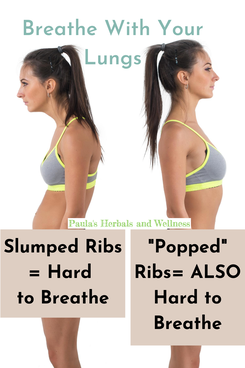 Obvious, right? Well, no. We do a lot of our daily breathing with either our belly or our chest, which causes problems. Now, breathing practices are different, and have their own purposes. I did talk last time, in the last episode [edit to add, 2 episodes ago!], about breathing as an external activity you can do to help manage your stress response. This time, I'm talking about your daily, not-really-thinking-about-it breathing, but learning this will help you in your breathing practices too. Since your belly is so crammed with stuff but there are no bones in your belly, it's all held in place by an intra-abdominal pressure created by your core muscles. When you just use your belly to breathe, it messes with this abdominal pressure and that can lead to problems like pelvic floor issues, hernias, or even reflux. Breathing with your chest is difficult, since the breastbone doesn't actually expand. This means your breaths will be shallow, making you breathe more often, and it can create anxiety responses because of the pressures on your upper back spinal nerves when you make the upper back arch to lift your chest to breathe in. But because most of us walk around thrusting our chests out in fake good posture (you can fix this with Exercise #1 pleasepleaseplease), we HAVE to belly and chest breathe since the ribs have nowhere to go. 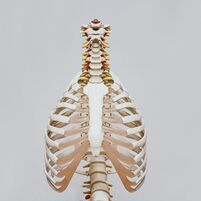 After you do exercise #1, once you've gotten your ribs relaxed down, it's time to reintroduce your ribs to the breathing machine again. Take a belt, an exercise band, or your hands and wrap them around your rib cage so you feel the front, back, and sides of the rib bones. Slowly take a breath in, and feel for 360 degrees of rib cage expanding, all the way around. Feel tension increase in whatever you have wrapped around your torso as you inhale and expand the ribs, and feel that tension decrease as you exhale and close the ribs back together. Relax your shoulders and your belly, we're trying to move only ribs. This might seem simple and not worth the effort of trying as you listen to me, but I challenge you here and now to see what it actually feels like in your ribcage. By popping your ribs forward, in that fake good posture, you've probably lost a lot of the muscles in and around your ribs, and the points where the ribs meet your spine are probably really stiff and inflexible. It is HARD to get your ribcage to move in the way I'm describing here. I challenge you to see for yourself. It takes practice to get all this moving again, but once you do your ribs can do the work they were designed to; they can buffer the breathing pressures they were made for, easing the load on your abdomen and upper back. This lets the pressure on your Vagus nerve normalize as well. Keeping unnatural pressure in your torso because of poor posture keeps the Vagus from responding appropriately. Aligning and normalizing the way you hold and move your body is the first step to improving how your Vagus nerve works. Once this proper positioning is in play, it's time to talk about tone. You might know of tone in terms of muscles- this is when muscles have a certain amount of engagement all the time. They are ready to respond. Nerves, including the Vagus, can also have tone and be more or less prepared to respond. Good tone is always a good thing. Exercise #3- Tone Practice Since the Vagus goes through so many head and neck structures, there are a bunch of ways we can directly impact it to help strengthen it. Here is a list of small practices you can work into your day. All of these trigger the Vagus nerve to activate, building its tone and also relaxing things in the body so they work better:
These ideas will improve the tone of your Vagus nerve. Why do you care? When you've got good Vagal tone during a stress response, you'll:
And good Vagal tone is associated with:
So, we're trying to access the PNS after you do experience stress, so that you can return to an R&R state. You can help this along by aligning your skeleton to ease physical stress, and by practicing triggering your Vagus nerve so it's got good responses when you need them. All of these are pretty simple, beginner level ways to exercise you Parasympathetic Nervous System, and stop living in the fight or flight system. Now my question to you is, do you already practice any of the exercises I gave you today, or have you been inspired to try something new? Share how it feels for you by leaving a comment, and tagging me @paulasherbals if you're commenting on Instagram. I look forward continuing this conversation!
0 Comments
Your comment will be posted after it is approved.
Leave a Reply. |
Fun Fact: I'm an herbalist and a movement coach. Not a doctor, or a pharmacist, and not pretending to be one on TV.
This is a public space, so my writing reflects my experiences and I try to stay general enough so it might relate to you. This does not constitute medical advice, and I encourage you to discuss concerns with your doctor. Remember, however, that the final say in your wellness decisions are always yours- you have the power to choose, you are the boss of you. And, some of my posts may contain affiliate links. If you make a purchase through them I'll earn a few cents. Thank you for supporting my work. This website is provided for educational and informational purposes only and is not medical, mental health or healthcare advice. The information presented here is not intended to diagnose, treat, heal, cure or prevent any illness, medical condition or mental or emotional condition. Working with us is not a guarantee of any results. Paula Billig owns all copyrights to the materials presented here unless otherwise noted. Categories
All
Archives
July 2021
|
|
info @paulaswellness.com |
DisclaimerThis website is provided for educational and informational purposes only and is not medical, mental health or healthcare advice. The information presented here is not intended to diagnose, treat, heal, cure or prevent any illness, medical condition or mental or emotional condition. Working with us is not a guarantee of any results. Paula Billig owns all copyrights to the materials presented here unless otherwise noted. |





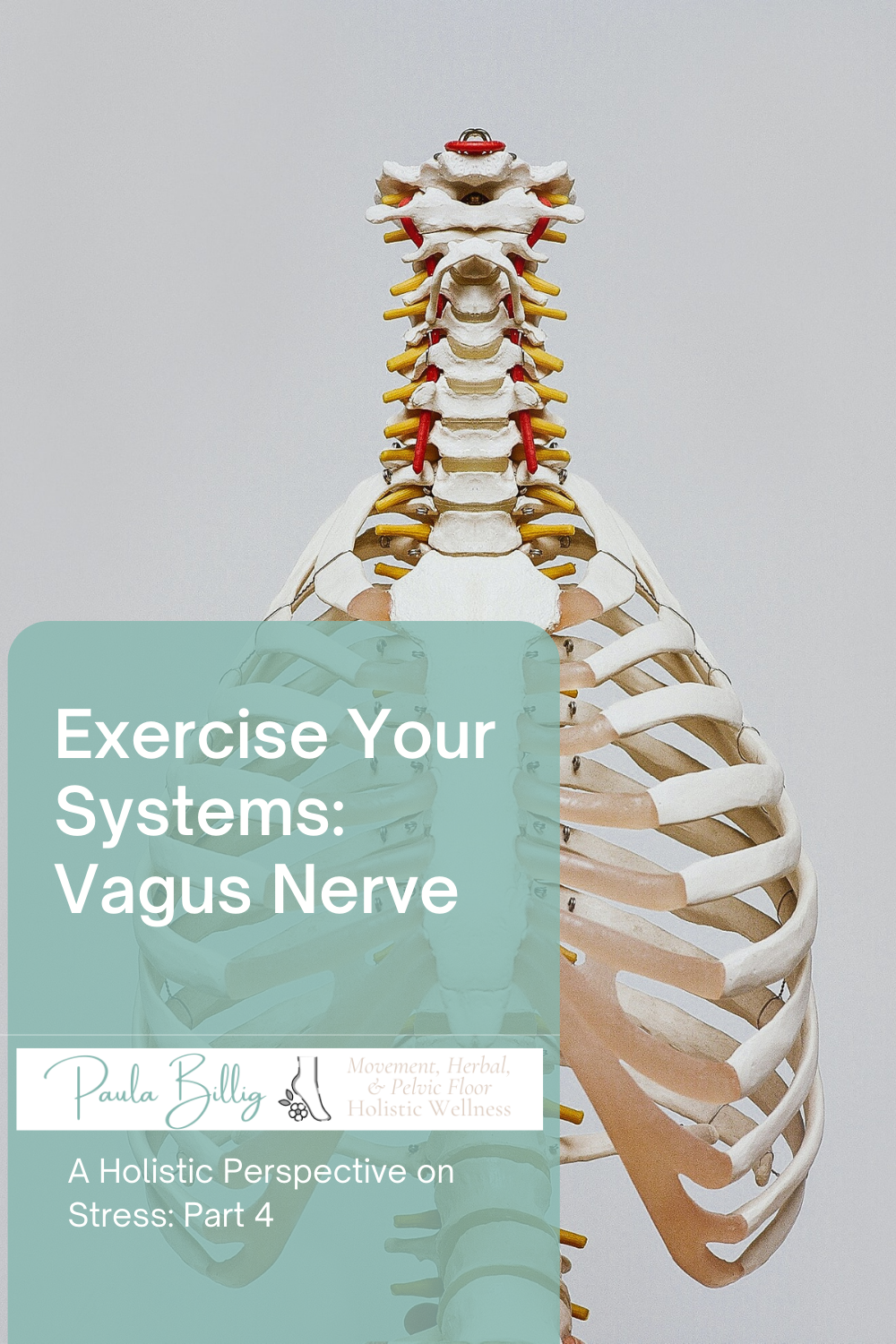
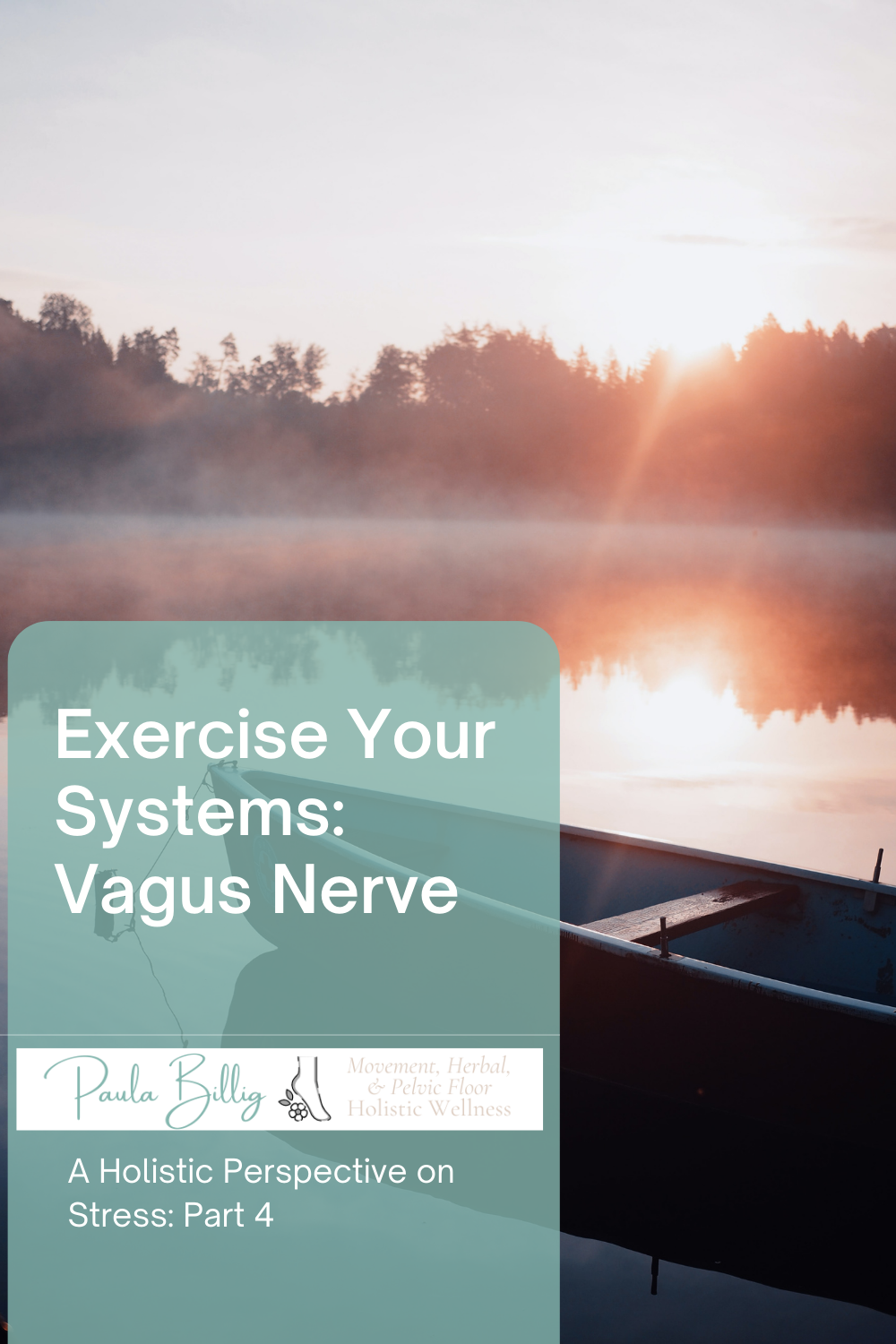
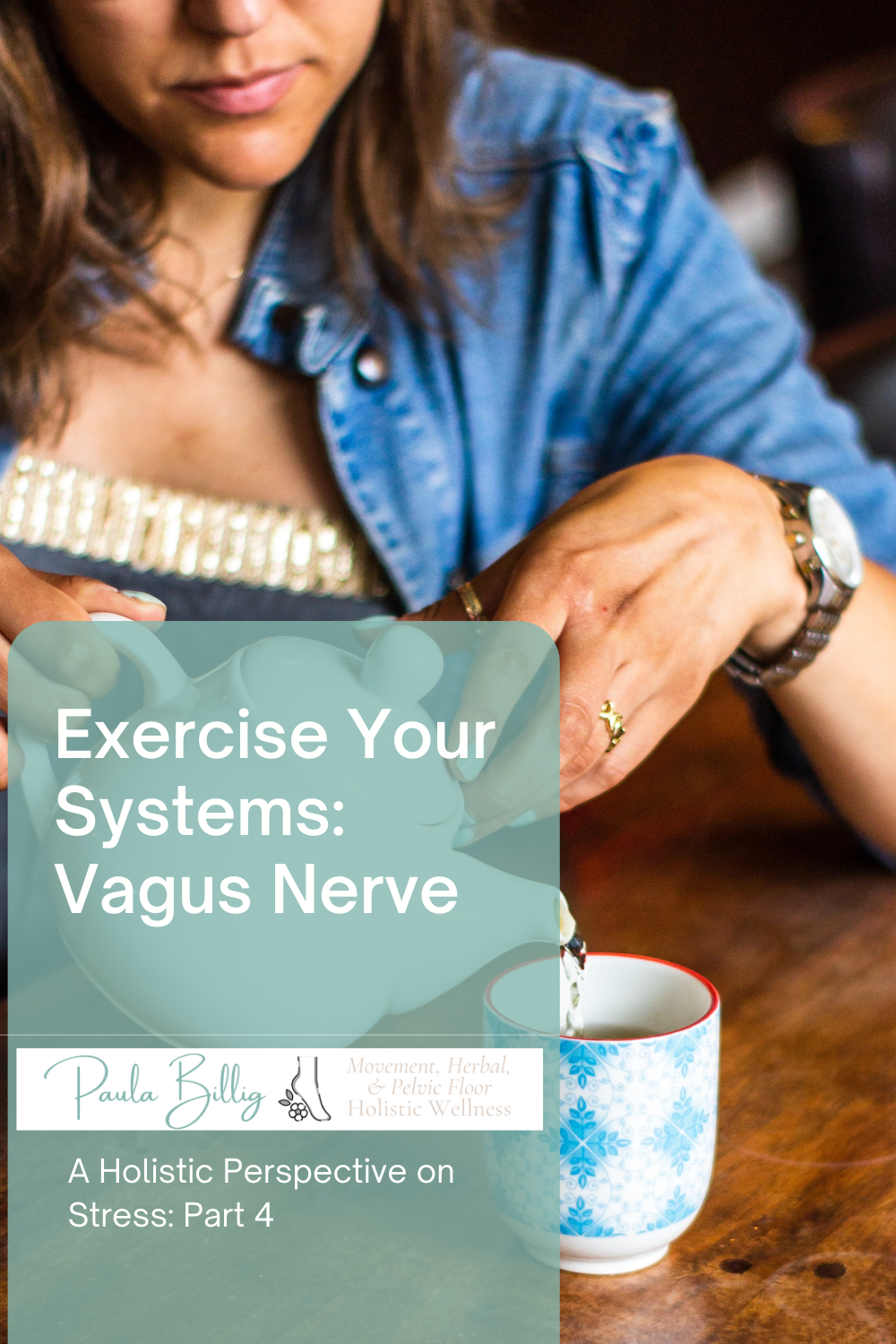
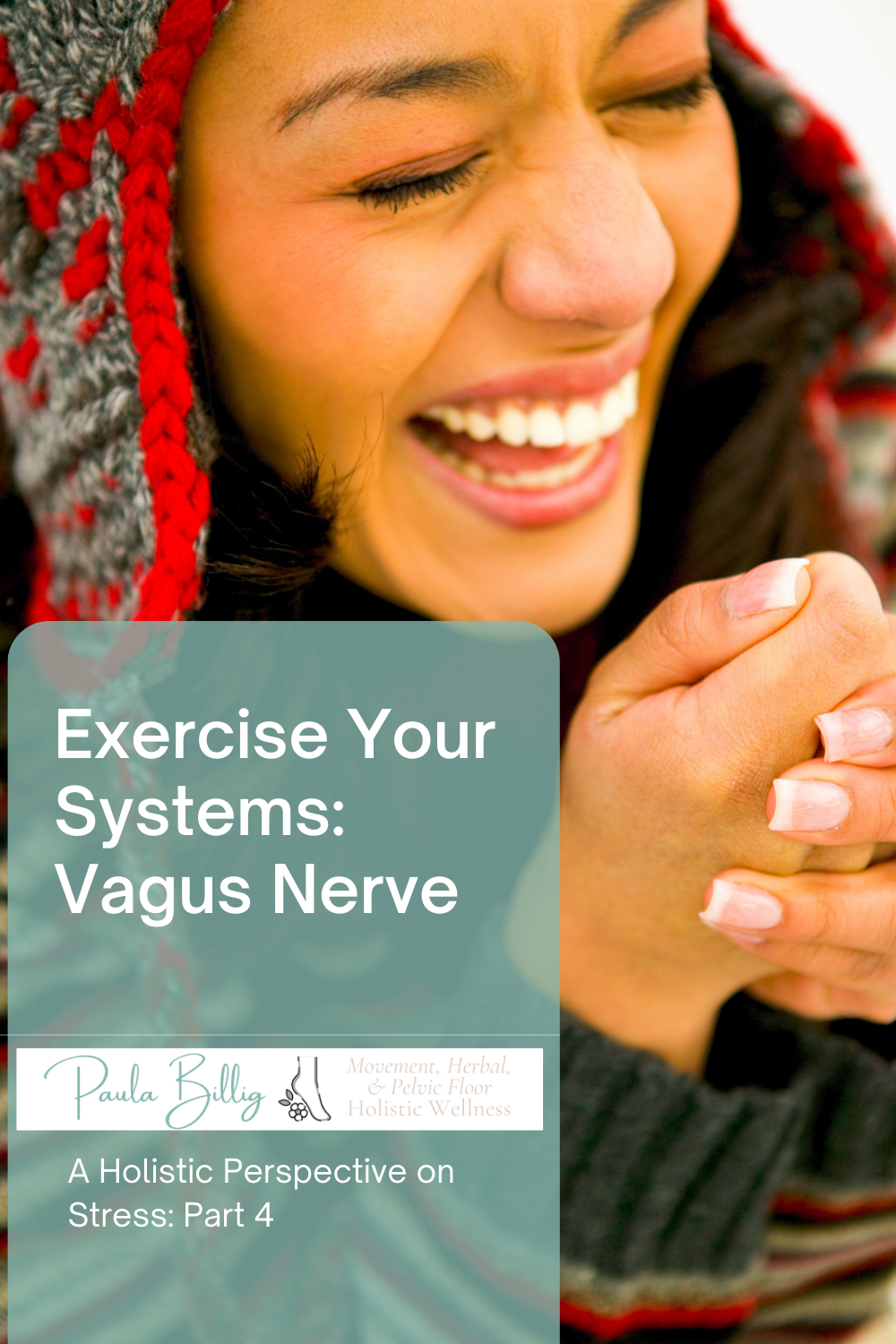
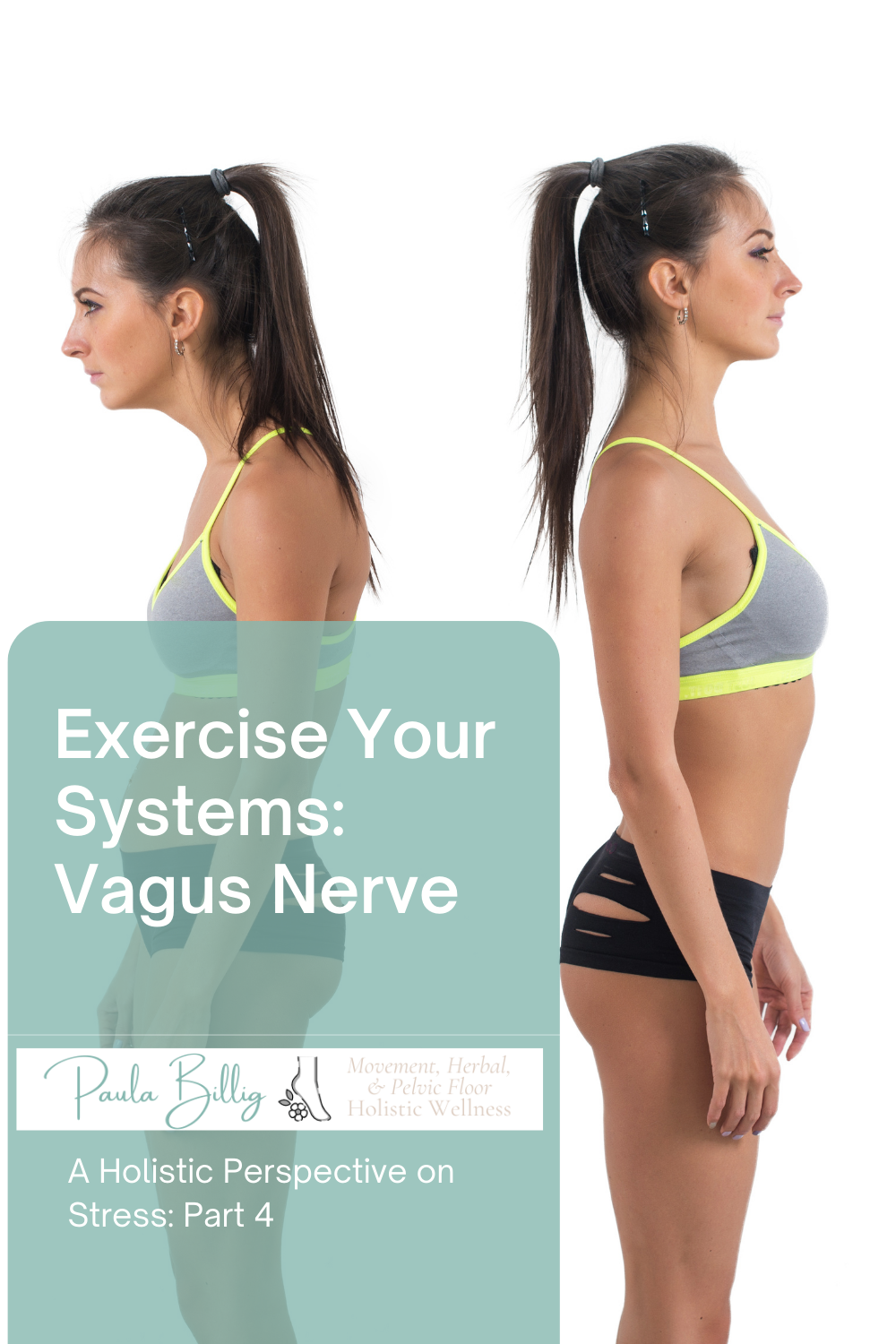
 RSS Feed
RSS Feed

